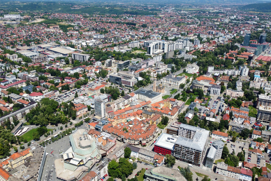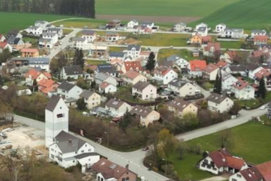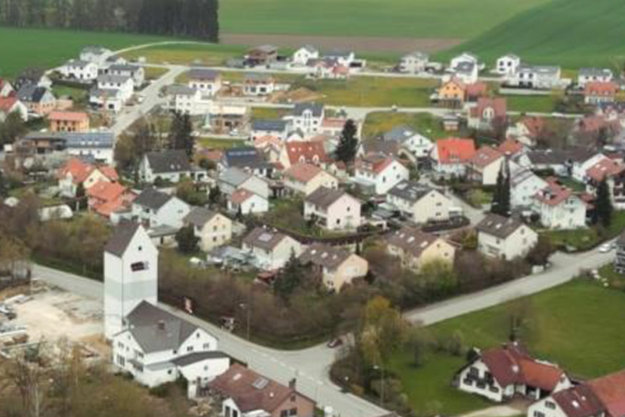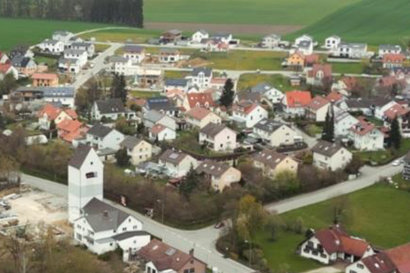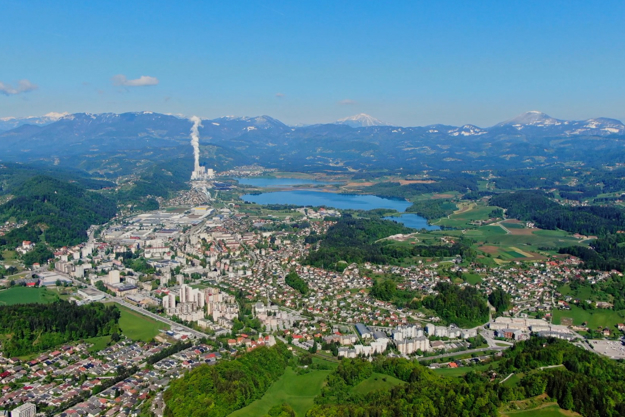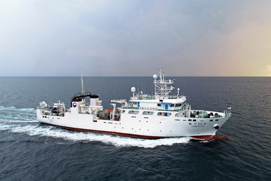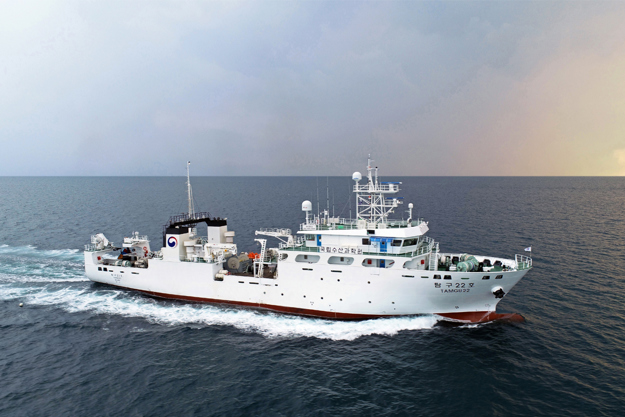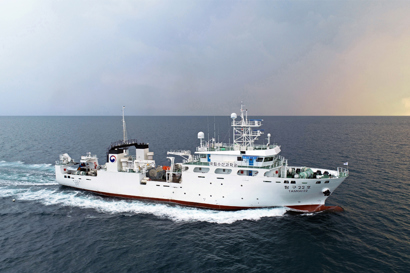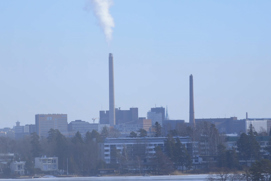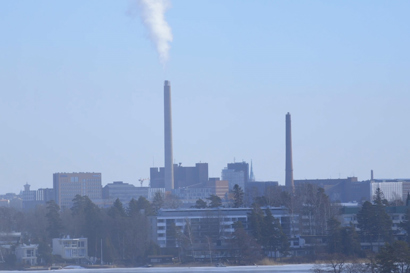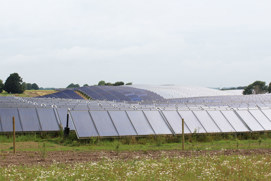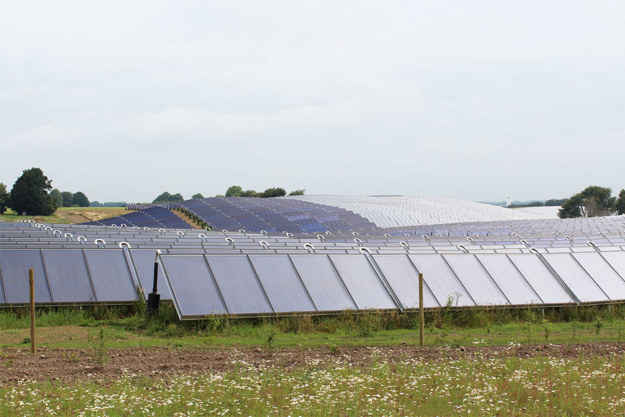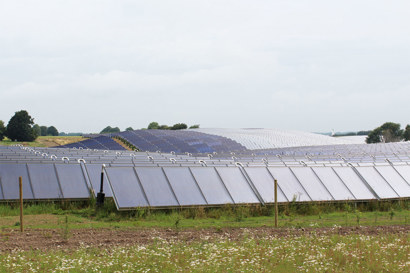A combined differential pressure controller and flow controller (PQ) consists of two independent differential pressure controllers and a flow restrictor (manual balancing valve) integrated in one valve body.
This device has two functions:
1) A differential pressure controller maintains fixed differential pressure over the flow restrictor (flow control). This ensures automatic flow limitation, independent of pressure variations in the system.
2) A differential pressure controller maintains constant differential pressure over motorized control valves or over the entire loop.
This is the best solution for the district heating utility as it enables both variables (maximum flow and differential pressure) to be set independently of the consumer’s heating control system. Especially when the subscriber station is owned by the consumer, the utility has no influence over flow limitation at the consumer’s end of the system.
This enables the district heating utility to control the flow available for each consumer as well as the differential pressure control at the substation. This allows efficient network balancing.
Another solution is the PB controller, which consists of one pressure controller and a flow restrictor (manual balancing valve). The PB is used in systems where independent flow and differential pressure are not required.
Features and benefits
Eliminates pressure variations and provide optimum operating conditions with improved temperature control quality
Made for demanding systems, resistant to corrosion, cavitation and dirt
Connected system is protected against pressure surges, fluctuations, cavitation and noise
Tools and apps
FAQ
Case stories
-
if (isSmallPicture) {


 Danfoss partners with the city of Banja Luka to decarbonize district energy
Danfoss partners with the city of Banja Luka to decarbonize district energyThe Challenge: Renovate 34 of the city’s largest heating substations
The Solution: Danfoss Leanheat® Monitor enables full substation digitalization
The Results: reduced heat consumption by 10% -
if (isSmallPicture) {


 Successful transition from oil boilers to a local heating network in Eurasburg
Successful transition from oil boilers to a local heating network in EurasburgIn the Wittelsbacher Land near Augsburg the local network in Eurasburg supplies heat to 80 buildings using a wood chip heating system. Danfoss’ substations ensure efficient heating in all building types, and its modern SCADA solution enables remote system monitoring and management.
-
if (isSmallPicture) {


 Improved hydronic balancing of the district heating network in Slovenia
Improved hydronic balancing of the district heating network in SloveniaThe Saleska Valley district heating network is the second largest network in Slovenia, dating back to 1959. Since then, the demands have changed significantly and have challenged the hydronic balancing of the system which was optimized with new intelligent controllers Virtus.
-
if (isSmallPicture) {


 Danfoss shaft generators drive down emissions on board
Danfoss shaft generators drive down emissions on boardSOUTH KOREA: The South Korean National Institute of Fishery Science is enjoying great fuel savings and 20-30% less emissions from its newest research vessel. A special shaft generator solution enabled the vessel to comply with the IMO environmental regulations effective in 2020.
-
if (isSmallPicture) {


 Leanheat makes buildings smart
Leanheat makes buildings smartIn Europe, 30 percent of all energy consumption goes to heat or cool buildings. Danfoss has the solution to lower energy usage and improve indoor climate by adding a digital element: Leanheat software.
-
if (isSmallPicture) {


 Solar heating plant reduces CO2 emissions by 15,700 tonnes annually
Solar heating plant reduces CO2 emissions by 15,700 tonnes annuallyThe world’s largest solar heating plant in Silkeborg, Denmark harnesses energy to heat the homes and workplaces of 40,000 citizens. It supplies 18-20% of the annual heat consumption in the city of Silkeborg, Denmark, which has an ambitious target of CO2 neutrality in heat production by the year 2030.


